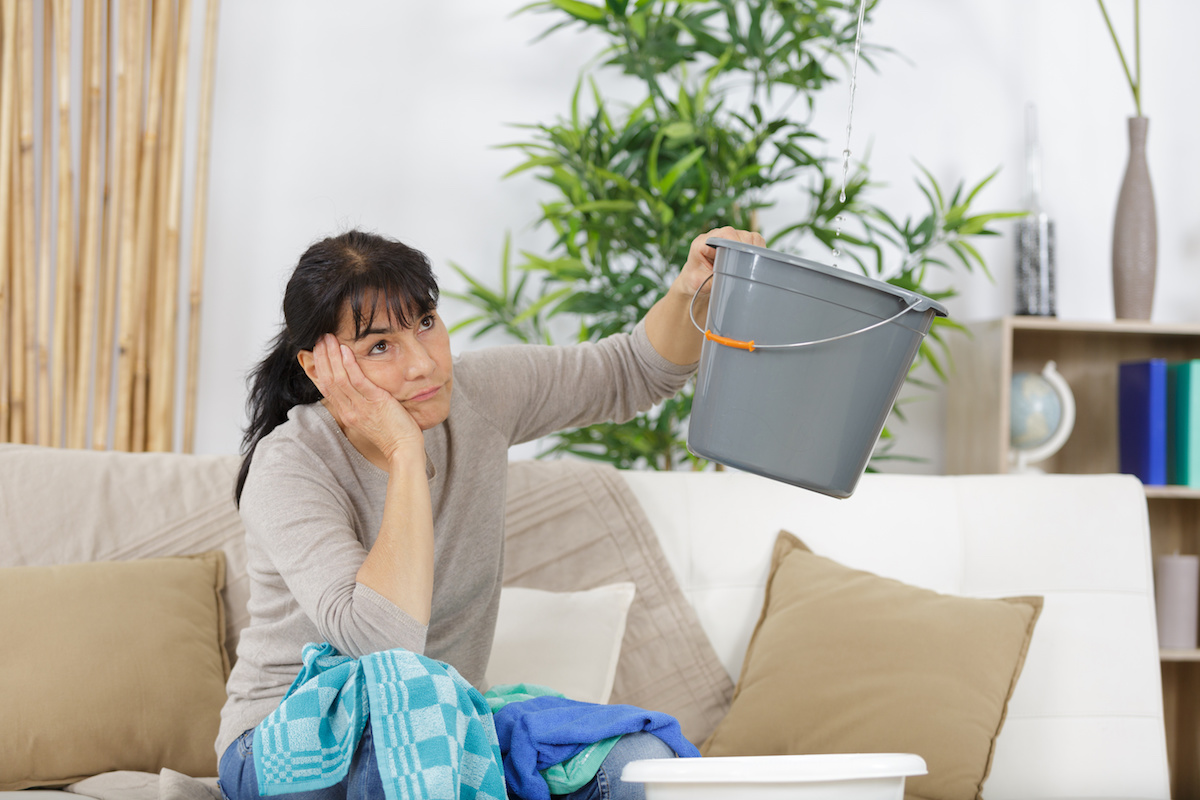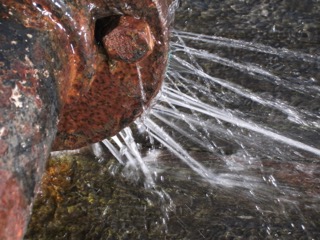Your Complete Guide to Septic Tank Maintenance: What You Need to Know
Your Complete Guide to Septic Tank Maintenance: What You Need to Know
Blog Article
Each person may have his or her own piece of advice about Do’s And Don’ts For Homeowners Managing With Water Damage.

What should you do if a water pipe ruptureds in your home? The longer you wait, the more extreme the damage that can occur to your home. For these factors, you require to learn exactly how to act in the occasion of a burst water pipeline.
Turn off the Main Waterline Valve
Look for the neighborhood shut-off valve to transform off the water in one particular location only. If you do not know where the local shut-off valve is, go for the major water line valve as well as transform it off. Typically, the primary shutoff is found outside the house following to the water meter.
Call Water Damage Reconstruction Pros for Assistance
After shutting the water resource, call the experts for assistance. With their specialist assistance, you can protect against much larger water damage consisting of deformed walls, loose ceramic tiles, or harmed frameworks.
File the Damage For Insurance policy
While you're waiting for the pros to arrive, get some paperwork of the damages caused by the errant pipe. Do close-up shots of the damaged valuables and also spots.
Recover Points That Can Be Saved
Examine the harmed items and take out the most vital ones from the stack as soon as you're done taking images. Dry them off in a dry/warm area far from the damaged location as well as attempt to preserve them as long as you can. Drag as much dampness as you can to the material so it can begin to dry.
Start the Drying Process
You require to start the drying procedure as soon as possible. Luckily, the water from your waterlines is currently clean so you don't need to bother with sewage system water. The streaming water may have interrupted the dirt and debris in your floorboards as well as carpetings. In this instance, placed some gloves on as well as begin some damage control. Usage pails to dump out the water. Blot out as much water as you can from the surfaces with old towels. Switch on an electric follower or open your home windows to advertise air circulation. These steps will quicken to completely dry and discourage mold as well as mold development.
Experts are the only individuals qualified to analyze properly and repair the burs pipelines as well as subsequent damages. They normally provide quiet red flags like bubbling paint, water discolorations.
What should you do if a water pipeline bursts in your home? For these reasons, you require to learn exactly how to act in the occasion of a burst water pipeline. After shutting the water resource, call the professionals for aid. With their expert assistance, you can prevent a lot bigger water damage consisting of warped walls, loose ceramic tiles, or harmed structures. Luckily, the water from your waterlines is currently clean so you do not have to fret about drain water.
Water Pipe Burst: Steps You Need to Take Now
Freezing Temperatures
If you live in a climate where temperatures drop below freezing, be aware of the heightened potential for pipe problems.
When temperatures drop, the water inside your pipes may turn to ice. As more water trickles in, the frozen area grows… and the frozen water expands.
Over time, the pressure may be too much. Bonds in the pipe weaken and cracks form. When the ice finally melts, the temperature change can shatter both the ice and the surrounding pipe. If the pressure is strong enough, the pipe bursts.
Rust and Corrosion
Corrosion is another common cause of burst pipes. Rust and corrosion build up inside pipes, especially in older homes and in areas where water has a high iron content.
Over time, the corrosion weakens pipes, leading to an increased chance of a burst. Steel pipes are especially susceptible to rust.
To prevent rust and corrosion, replace steel pipes with plastic or copper. These types of pipes tend to resist corrosion longer.
Tree Roots
When trees around your home grow taller, their roots grow downward and outward, too. Sometimes, roots come in contact with water pipes.
In a battle between tree roots and pipes, the roots usually win. As roots continue to grow and press against the pipes, the pipes crack, leading to leaks.
To keep roots from encroaching, be sure to plant trees far from your water pipes. Choose slow-growing tree varieties that have small root balls.
If trees are already encroaching, you may try to add a physical or chemical barrier to prevent roots from accessing pipes.
Clogs
You already know that clogs can back up your sink and shower drains. But did you know that they can lead to burst pipes, too? A clog can cause water pressure to build up behind it, especially if it’s deep within the system.
That’s why it’s important to be mindful of what gets poured down the drain, goes into the garbage disposal, and flushed down the toilet. Limiting drains to water and approved materials can help prevent deep clogs.
What Happens When a Water Pipe Bursts?
Speaking of water damage, what happens after a water pipe burst? The bad news is that, if left unrepaired for too long, a burst pipe can result in serious damage to your home.
First, there’s mold growth. After just three days, mold and mildew can start to grow. Mold loves dampness; if the water sits too long or areas don’t get thoroughly dry, mold can take over.
Mold exposure has been linked to respiratory problems. It’s especially bad for those with allergies or asthma, as it can exacerbate both issues.
If you want to sell your home, mold can really throw a wrench in your plans. It’s important to prevent the growth of this toxic substance.

Hopefully you enjoyed reading our article about Water Damage: Tips On What To Do When Your House Is Flooded. Thank you so much for taking a few minutes to read through our piece. Do you know anybody else who is excited by the topic? Feel free to share it. We recognize the value of reading our article about Rules For Handling Water Damage.
Report this page